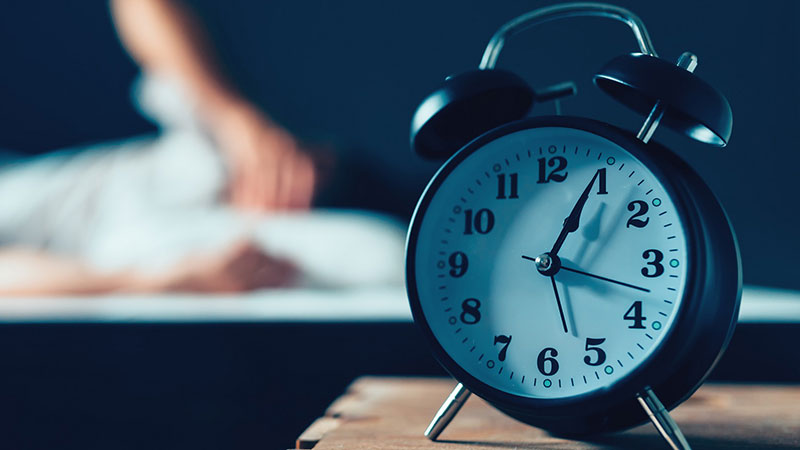I have a single family home in the US and am seeking to create a circadian lighting solution. Ledvance seemed like the closest thing I could find that may potentially be available in the US in the consumer sector (though I couldn't yet find any vendors that sell it).
Has anyone gone down this rabbit hole/do you have advice about melanopic lighting options with a high estimated daylight illuminance (mEDI) rating? My understanding is that Hue may not meet this criteria.
I'm also considering commercial grade solutions over time, but they're really expensive.
Europe has a variety of options in the consumer segment, but I haven't found much in the US.
Has anyone gone down this rabbit hole/do you have advice about melanopic lighting options with a high estimated daylight illuminance (mEDI) rating? My understanding is that Hue may not meet this criteria.
I'm also considering commercial grade solutions over time, but they're really expensive.
Europe has a variety of options in the consumer segment, but I haven't found much in the US.




